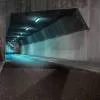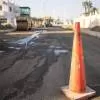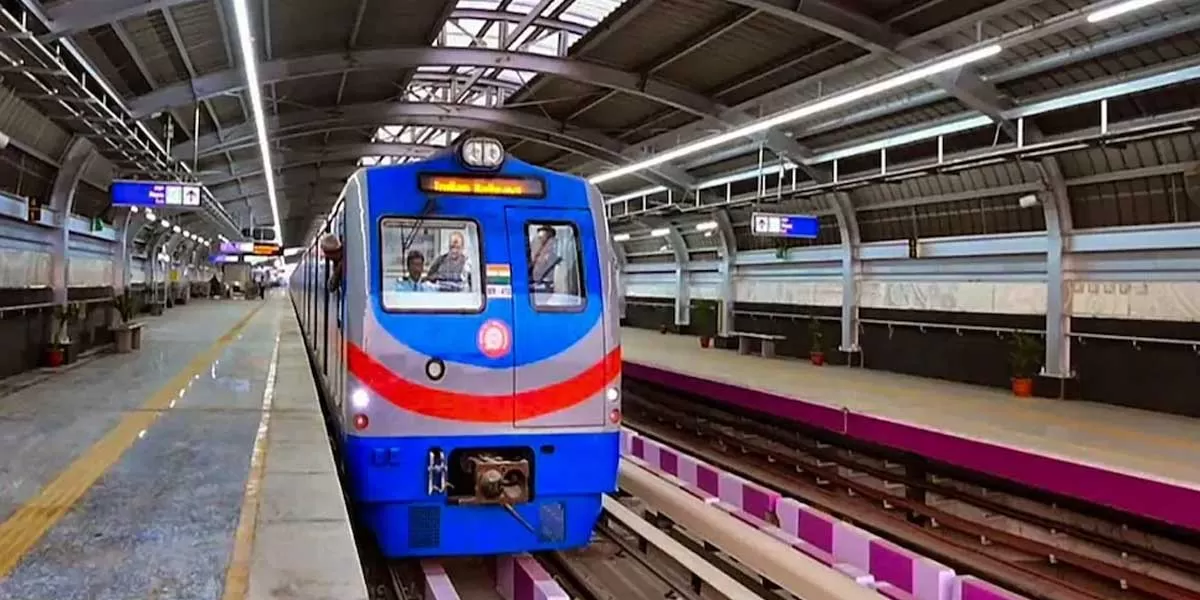
Kolkata Metro's East-West Corridor Begins CBTC Signalling Work
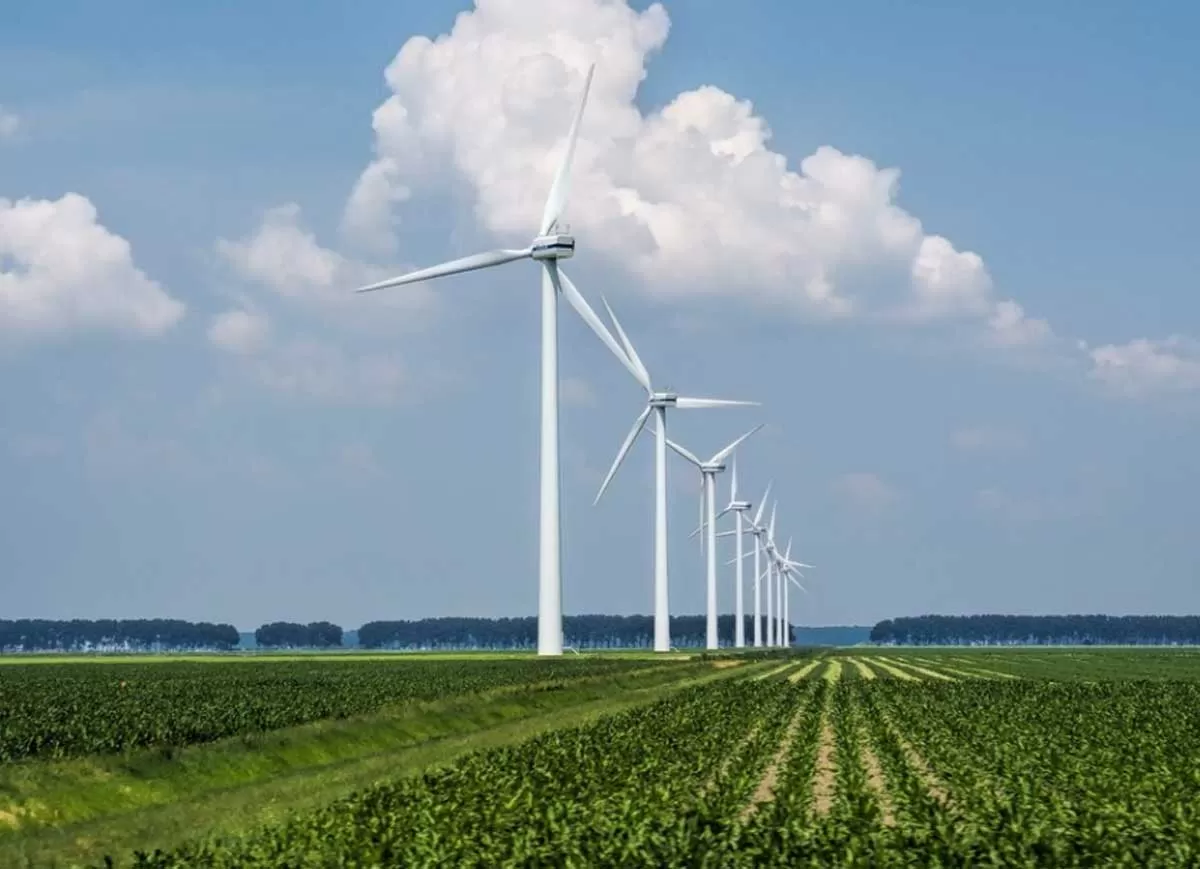
India’s ISTS-linked Green Open Access to Add 40 GW by 2030
The Interstate Transmission System (ISTS) is expected to facilitate approximately 40 GW of green open access (OA) capacity by 2030, provided that transmission challenges are addressed and no significant barriers arise. This capacity would constitute nearly one-third of India's projected green OA capacity by the end of the decade. ISTS-based renewable energy projects enable inter-state power transfer, helping utilities balance supply and demand gaps faced by local distribution companies (DISCOMs). Since 2020, these projects have contributed significantly to the issuance of utility-scale renewa..
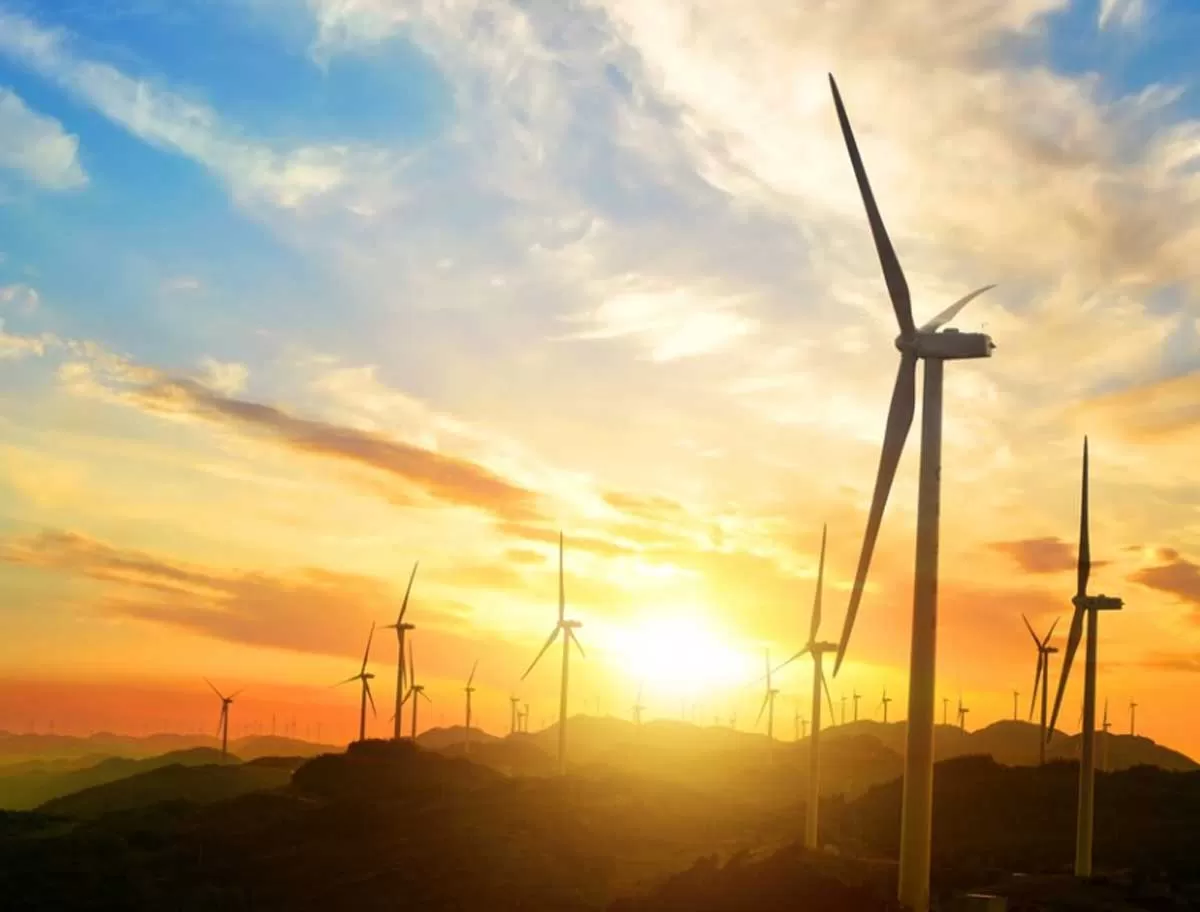
Zelestra and Daimler India Ink PPA for 16 MW Clean Energy Supply
Spain-based Zelestra has entered into an agreement with Daimler India Commercial Vehicles (DICV) for the supply of 16.2 MW of clean energy from its renewable energy project in Tamil Nadu. The power purchase agreement (PPA) will enable DICV to source green energy for its manufacturing facility in Oragadam, near Chennai. Zelestra is currently developing a 149 MW hybrid renewable energy project, incorporating both wind and solar power, near Chennai. The agreement with DICV, a wholly owned subsidiary of Germany’s Daimler Truck AG, aligns with the company’s goal of enhancing sustainability in..
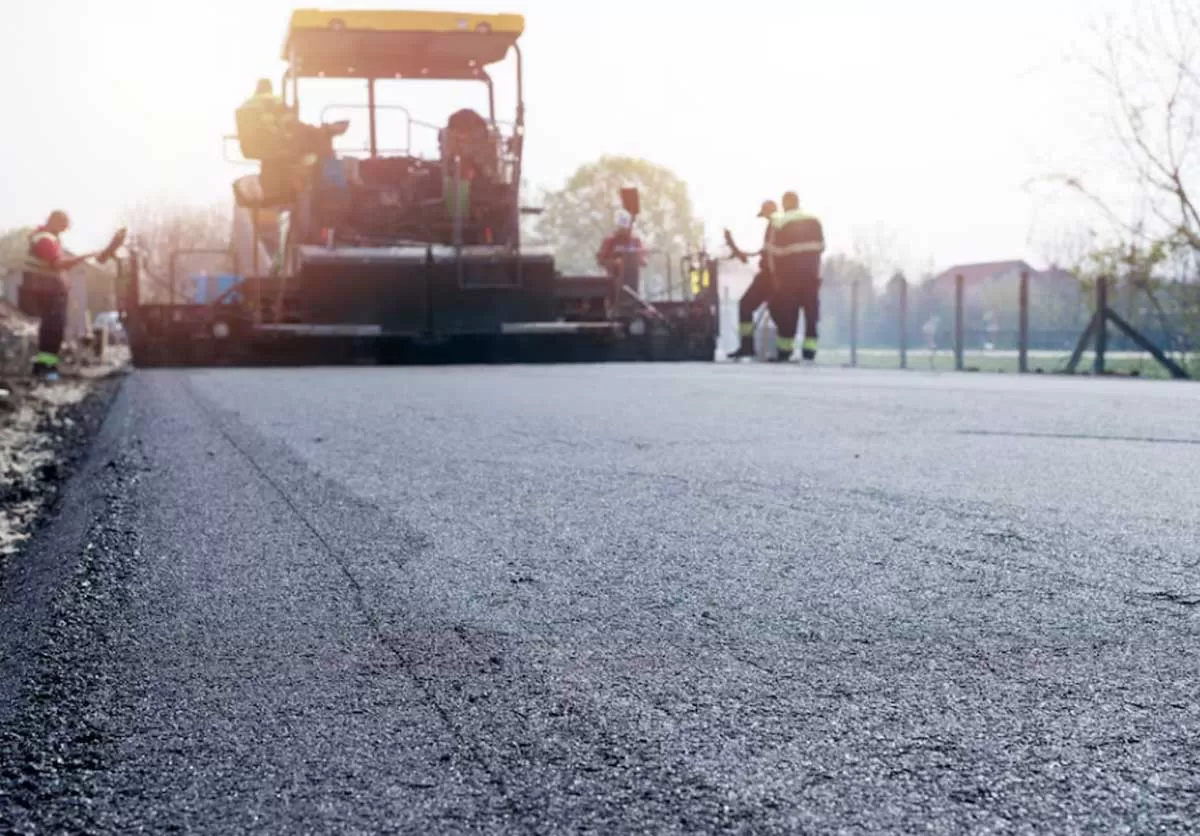
Noida Restarts Construction of 5.6 Km Chilla Elevated Road
The Noida Authority has commenced construction on the 5.6km elevated road connecting Chilla in Delhi to the Mahamaya flyover in Noida. This project aims to improve traffic flow and reduce congestion on the Delhi-Noida Link Road, which experiences heavy vehicular movement, particularly during peak hours. A foundation stone-laying ceremony was conducted to mark the resumption of construction, which had been delayed for over four years due to financial and logistical challenges. The project, now scheduled for completion within three years, has an estimated cost of Rs 8.93 billion. The Uttar Pra..









